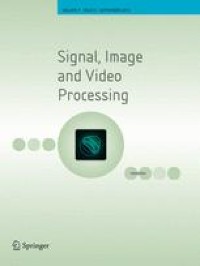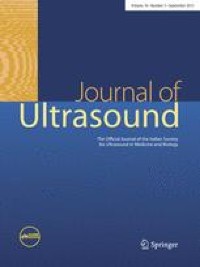Abstract
Purpose
To assess the role of ultrasound (US) in detecting and characterizing ductal carcinoma in situ (DCIS) of the breast and to investigate the correlation between ultrasonographic and biological features of DCIS.
Methods
In total, 171 patients (mean age 44; range 39–62) with 178 lesions were retrospectively evaluated by two independent radiologists searching for US mass or non-mass lesions. Immunohistochemistry analysis was performed to determine estrogen receptor (ER), progesterone receptor (PR), and human epidermal growth factor receptor 2 (HER2) expression. The US detection rate and pattern distribution among the lesion types were evaluated. The χ2 test was used to evaluate the correlation between the US findings and the biological factors. Statistical significance was indicated by p values < 0.05. Inter-observer agreement was calculated by Kohen's k test.
Results
US detected 35% (63/178) of all lesions. Fifty-two (83%) lesions were classified as mass lesions, and 11 (17%) as non-mass lesions (p < 0.0001). Among the mass lesions, the most common shape was irregular (79%; p < 0.0001), with 45 (87%) lesions having indistinct margins. Hypoechogenicity was the most common echo pattern (49 cases, 94%; p < 0.0001). Microcalcifications were found in 23 cases (37%; p = 0.004) and were associated with mass lesions in 15 cases (65%) and with non-mass lesions in 8 cases (35%) (p = 0.21). An almost perfect inter-observer agreement (k = 0.87) was obtained between the two radiologists. A significant ER expression was found in mass lesions (83%; p < 0.0001), with no significant PR (p = 0.89) or HER2 expression (p = 0.81). Among the lesions with microcalcifications, only 7 out of 23 cases (30%) were positive f or HER2 (p = 0.09).
Conclusion
DCIS represents a heterogeneous pathological process with variable US appearance (mass-like, non-mass-like, or occult). The most common US finding is represented by mass-type, hypoechogenic lesions with indistinct margins. A significant ER expression exists among mass-type lesions, while microcalcifications seem not to be associated with HER2 expression.









